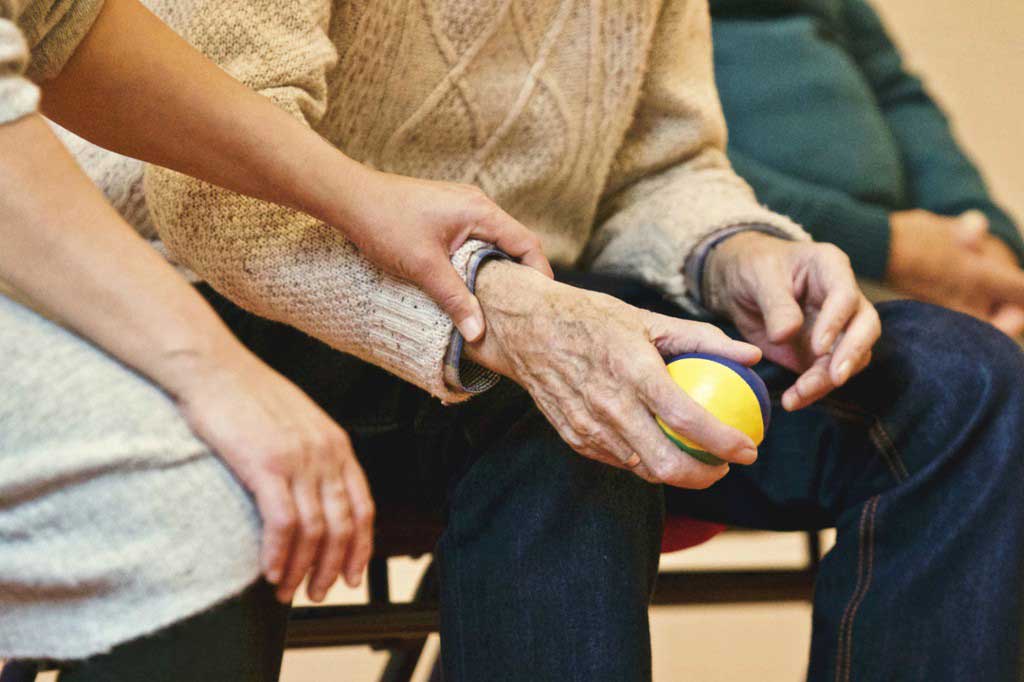Swine flu: early epidemiology
Older people
In the first months of its outbreak in the UK, H1N1 mostly affected young people, and was most commonly spread through contact at school, research by the HPA has
In the first months of its outbreak in the UK, H1N1 mostly affected young people, and was most commonly spread through contact at school, research by the HPA has shown.
These findings are based on an analysis of the first 252 cases of swine flu diagnosed in the UK after news of the virus broke. The findings suggest the following:
Clinical diagnosis
- Fever was a sensitive clinical indicator, so its absence made swine flu an unlikely diagnosis.
- Dry cough, sore throat, headache and fatigue were common concomitant symptoms.
- A diagnosis of swine flu should be considered in the presence of these symptoms even if there is no known contact with infected cases (7% of cases had had no known contact with cases, even at this early stage of spread).
- Diarrhoea and vomiting were of poorer diagnostic value.
- Age was not a reliable predictor.
Epidemiology
- The detailed epidemiology of early cases is unlikely to be representative of later patterns; ongoing surveillance will report on these.
- At this early stage of spread, school contacts were a common source of infection (responsible for 60% of cases). Nosocomial (in healthcare) and workplace transmission were very rare (1% or less, each)
- The mean (average) age of early cases was 20 years, which probably reflects the fact that many early cases were linked to foreign travel.
Where was the article published?
‘Epidemiology of New Influenza A (H1N1) virus infection, United Kingdom, April – June 2009’, was produced by the Health Protection Agency, Health Protection Scotland, the National Public Health Service for Wales, and HPA Northern Ireland. It was published in the open-access, peer-reviewed medical journal Eurosurveillance , an online resource reports on the surveillance, prevention and control of infectious disease in Europe.
What does the research say?
Since the first notification of human infection with swine flu in Mexico in late April 2009, there has been rapid global spread of the disease. By the end of May, the WHO reported that there were 15,510 cases in 53 countries. The number of cases in the UK rose rapidly after the first confirmed cases in Scotland. By May 31 2009, there were 252 confirmed cases in the UK. Seventy of these had travelled to Mexico or the US seven days prior to infection, and 178 reported no overseas travel.
At the time of this research, swine flu was affecting both genders equally, and people of all ages from infants to the elderly. The average (mean) age of the first 252 infected people was 20 years. This may in part reflect a higher proportion of younger people travelling abroad, and having younger contacts.
Of the 178 first cases acquired in the UK (indigenous infection):
- 22% reported contact with one of the cases who acquired infection overseas (secondary infection);
- 70% reported contact with a secondary case;
- 7% were unaware of any contact with an infected person.
The likely place of viral transmission was available for 168 of these early indigenous cases:
- 60% had been acquired in school;
- 25% from a household environment;
- 8% in the community;
- 1% (two cases) acquired in the workplace;
- Less than 1% (one case) in a healthcare environment;
- 5% acquired elsewhere.
The aim of the First Few Hundred (FF-100) project was to collect information on a few of the early laboratory-confirmed cases to gain an initial understanding of some of the main clinical and biological aspects of the virus, and its epidemiology (how and why the disease occurs, possible causes, risk factors, etc). By May 31, 175 of the laboratory-confirmed cases were entered in the FF-100 database.
Study of these initial cases revealed that presentation involved a variety of features:
- Over 90% of cases had fever.
- Between 70% and 80% of cases had a sore throat, headache, dry cough, and generally felt tired and unwell.
- Chills, sneezing and runny nose, muscle and joint aches, and loss of appetite were present in 50% to 70%.
- Less common was nausea, vomiting and diarrhoea, a productive cough, difficulty breathing, conjunctivitis or a rash.
- There were no serious complications or deaths in this sample during the observation period.
How is ongoing surveillance being undertaken?
The Health Protection Agency advises that there are a number of surveillance systems tracking the activity of H1N1 influenza in the UK population. This includes GPs collecting information on rates of consultation for possible influenza; NHS direct and NHS-24 telephone systems; monitoring respiratory viruses that are currently prevalent in the community; and routine death registration data that provides information on any H1N1-linked deaths. This surveillance data is published and updated daily/weekly by the HPA.
The HPA says that ongoing surveillance will further describe the clinical, virological and epidemiological characteristics of the H1N1 virus as the pandemic progresses.






 Subscribe
Subscribe Ask the doctor
Ask the doctor Rate this article
Rate this article Find products
Find products








